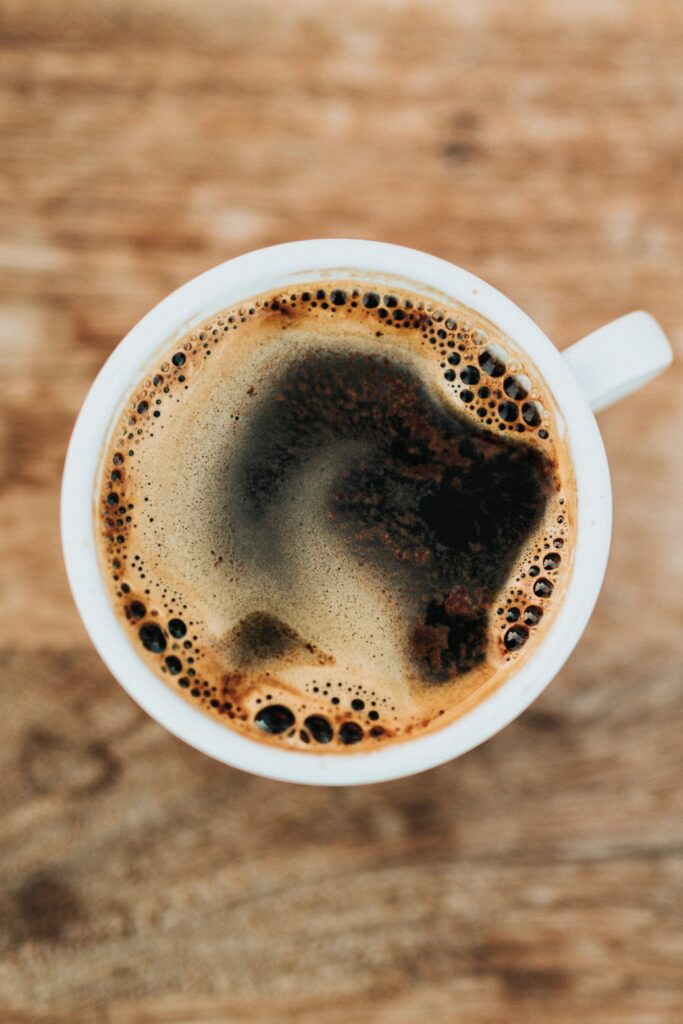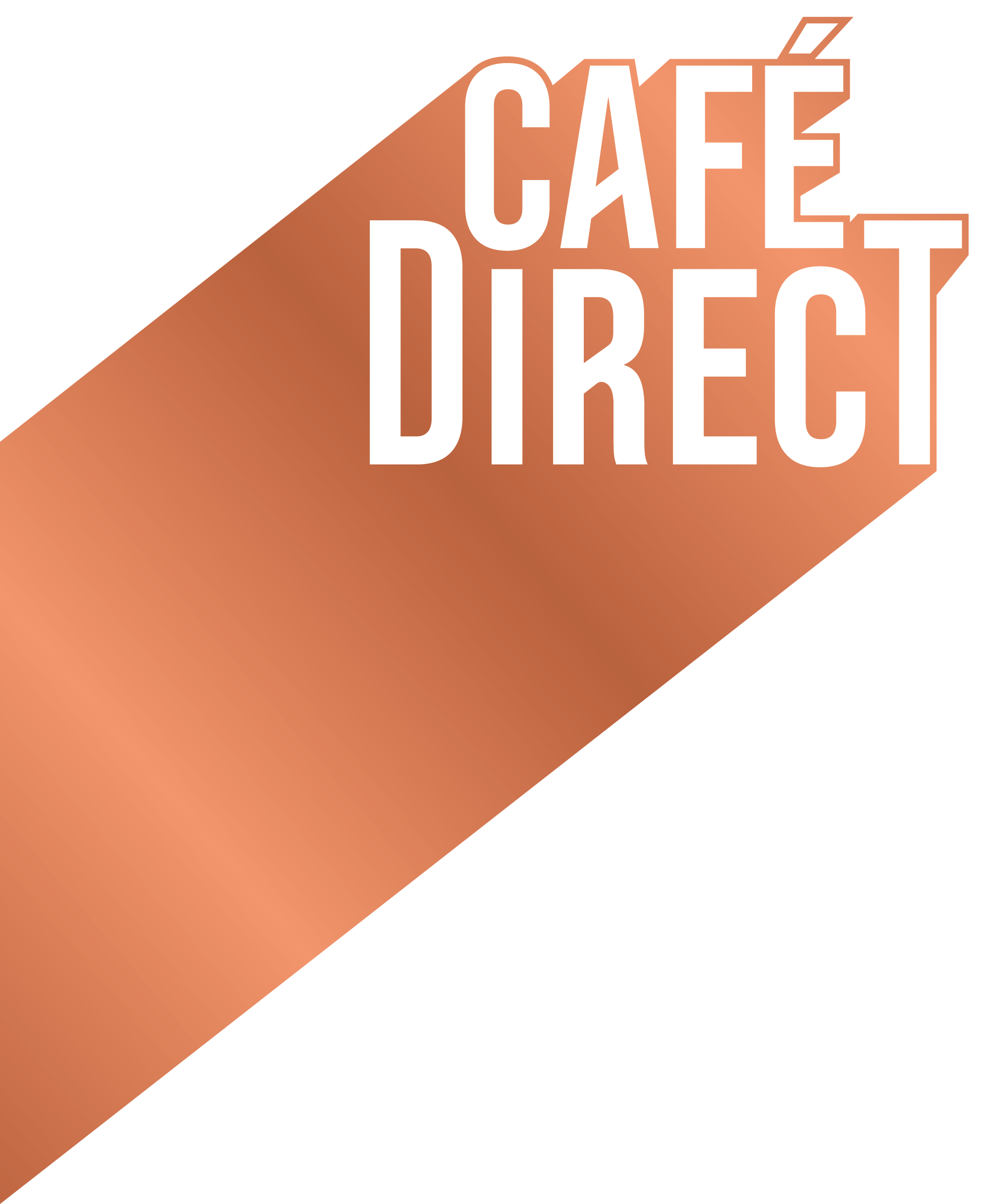
How is Coffee Decaffeinated?
One of the reasons why people enjoy drinking coffee is the stimulatory effect of the caffeine it contains. Consuming caffeine is a great way to boost your mental alertness and bolster your energy levels. However, some people prefer to avoid caffeine, usually for health reasons or because they find its effects unpleasant.
If you enjoy the taste of coffee but don’t like caffeine, you can always try decaffeinated coffee.
In this post, we will share everything you need to know about decaffeinated coffee, including the answers to common questions such as “what is decaffeinated coffee?” and “how is decaf coffee made?”.
Let’s dive in!
Firstly, what is decaffeinated coffee?
Decaffeinated coffee, also referred to as ‘Decaf’, is simply coffee that has had most of its caffeine removed. This can be accomplished using a variety of processes (more on that below). Each process aims to eliminate most of the caffeine within the green coffee bean while retaining the important molecules that give coffee its great flavour and aroma.
Interestingly, the amount of caffeine that needs to be removed for a coffee bean to be called ‘decaffeinated’ varies between countries. In the United States, the USDA stipulates that decaf coffee should have at least 97% of it’s caffeine removed.
In the European Union, a coffee product can only be considered decaffeinated if at least 99.9% of its caffeine content is removed. That would be about 0.1 mg of caffeine in your average cup of decaffeinated coffee.
Does decaf coffee have caffeine?
Yes, it does. It is important to understand that decaffeination never removes all of the caffeine in the coffee bean. This is because stripping all of the caffeine from the bean would also remove most of the valuable compounds that give the bean it’s wonderful flavour and aroma.
In other words, if this was done, you’d end up with a bean that tastes extremely bland!
How much caffeine is in decaffeinated coffee?
Your typical cup of coffee is about 236 ml and will contain about 120mg of caffeine. If you are drinking decaf in the EU, you can expect there to be less than 0.1 mg of caffeine in your cup. If you were to drink decaf in the United States, at least 97% of the caffeine has been removed, so it will contain 3.6 grams of caffeine or less. If you are trying to avoid caffeine for a medical reason, it’s important to remember that decaf will still contain some caffeine.
So, how is coffee decaffeinated?
Coffee can be decaffeinated using several methods. However, all of these methods will alter the chemical structure of the ‘green’ coffee bean, before it has been roasted. The main goal of decaffeination is to remove the caffeine from the coffee bean while retaining the molecular components which give the bean its flavour.
Decaffeination is a difficult process to get right because coffee beans have a complex structure, with over 1,000 chemicals contributing to the bean’s flavour and aroma. If the process is too harsh and eliminates or alters too many of those chemicals, the resulting coffee would taste horrible!
But how are coffee beans decaffeinated? Well there are several methods:
Indirect-solvent process
This is a very common technique for decaffeination in Europe. The green coffee beans are first soaked in very hot water for several hours. This extracts most of the bean’s caffeine content along with the compounds that give the beans flavour.
The green beans are removed and the water is transferred to another tank. The water is treated with methylene chloride or ethyl acetate, which are chemicals that will bond with caffeine molecules.
The resulting mixture can then be heated to remove both the solvent and the caffeine molecules via evaporation. The beans are then re-introduced to re-absorb the oils and chemicals that are responsible for flavouring the coffee beans.
The water is re-used in subsequent batches of beans to get more flavour into each batch. Eventually an equilibrium is reached, where the beans have most of the flavour of coffee, without the caffeine.
Direct-solvent process
The green coffee beans are steamed for about 30 minutes to open their pores, then exposed to a solvent which is usually methylene dichloride or ethyl acetate. They are washed in the solvent for about 10 hours to extract any caffeine. The solvent is drained and the beans are washed repeatedly to remove any traces of solvent.
The ‘Swiss Water’ process
This is also a chemical-free decaffeination method that was first developed in Switzerland in 1933. It was made commercially available in the 1980’s by a company named Coffex. This method uses solubility and osmosis to extract caffeine from the beans.
The Swiss water process starts by soaking the beans in very hot water to dissolve the caffeine. The water is extracted and passed through an activated charcoal filter. This filter captures the relatively large caffeine molecules while allowing the smaller molecules and oils that give coffee its flavour to pass through.
This results in coffee beans with no flavour and a caffeine-free coffee-flavoured water solution in a tank. The first batch of flavourless beans are discarded and the coffee-flavoured water is used to remove the caffeine from a new batch of beans.
Because the water already contains the oils and molecules that provide coffee with flavour, the oils and molecules from the second batch of beans cannot dissolve as effectively. This means the caffeine will be extracted from the second batch of beans, but they retain most of their flavour.
Decaf coffee that has been produced using this method will usually be labeled “Swiss Water” decaf. It is the method used for most organic coffee beans because it doesn’t involve chemicals.
CO2 (Carbon Dioxide) Method
This is the newest method for decaffeination of coffee beans. The CO2 method was developed by Dr. Kurt Zosel, a researcher working at the Max Planck Institute. This process uses CO2 to remove caffeine from green coffee beans instead of a chemical solvent.
The green coffee beans are soaked in water and placed in a stainless steel container. The container is sealed and liquid CO2 is forced at high pressure to extract the caffeine from the beans while leaving the flavour molecules behind. The caffeine rich liquid CO2 is pumped into another container where the air pressure is released, causing it to become a gas once more, leaving the caffeine molecules behind. The gas is then pumped back into the first vessel, ready for the next batch of beans.
So there you have it, we hope you found our article on decaffeinated coffee useful. You’ll find more articles on coffee on our blog.
And don’t forget to check out our ‘Roaster’s Choice’ decaf coffee subscription – if you prefer decaf, this is definitely the coffee beans subscription for you! You can also buy one-off decaf coffee in our shop too.


25% off
your next order
Enjoy the world's best coffee, freshly roasted & delivered to your door. Sign up to our mailing list for a welcome pack and 25% off your next Cafédirect order!

Thanks for
joining our
mailing list
A welcome pack is on its way and you get 25% off your next Cafédirect order!
